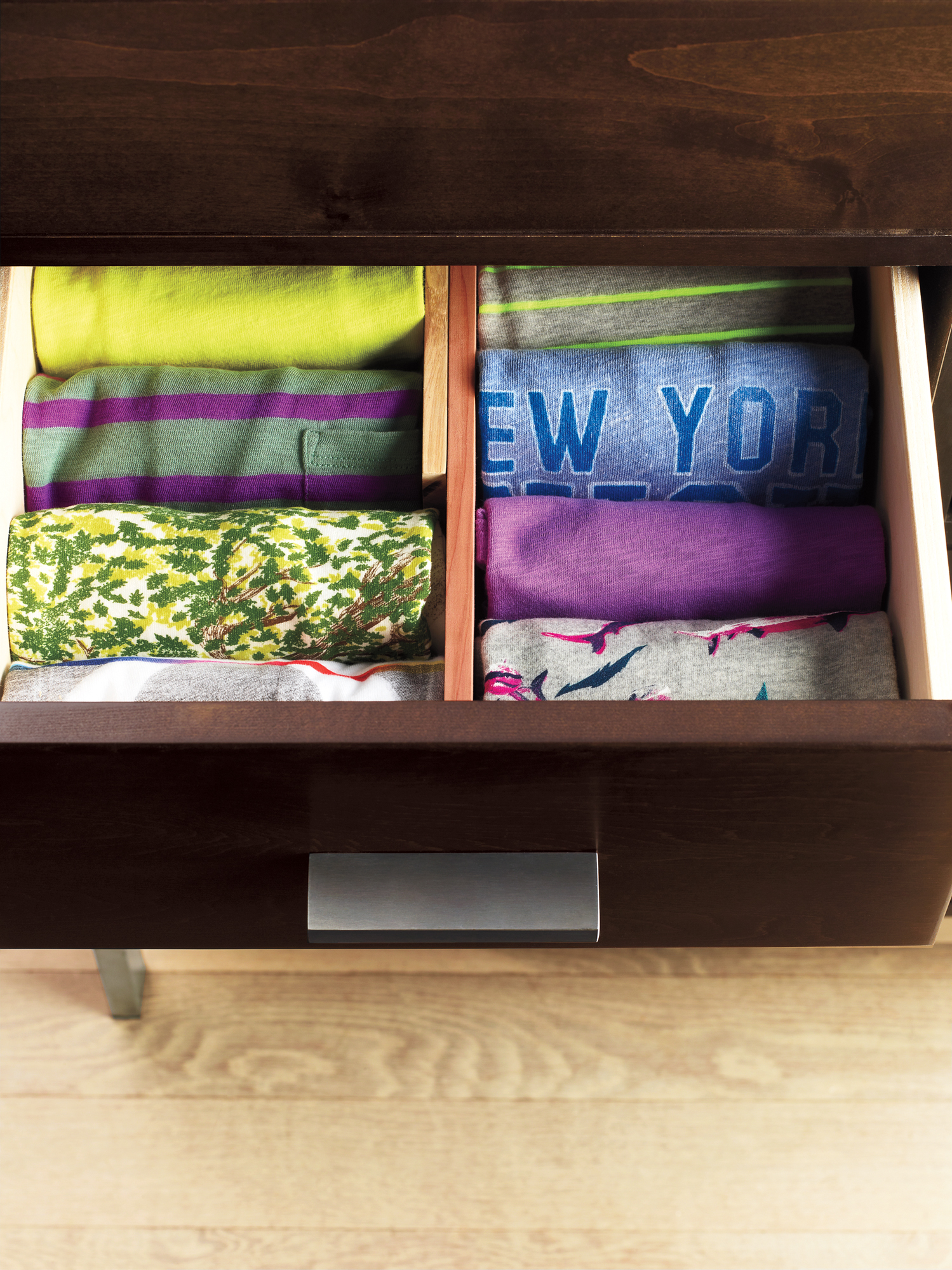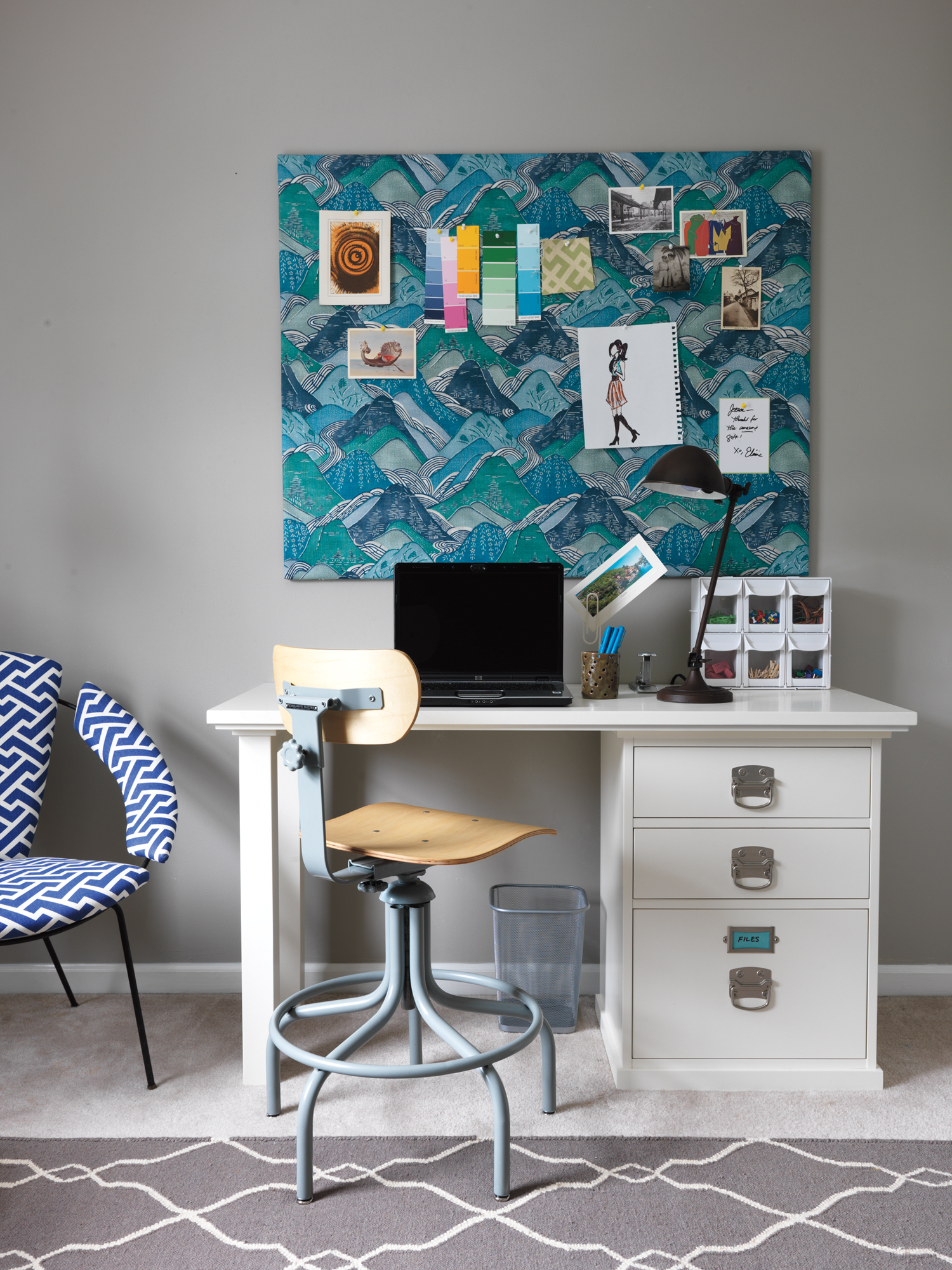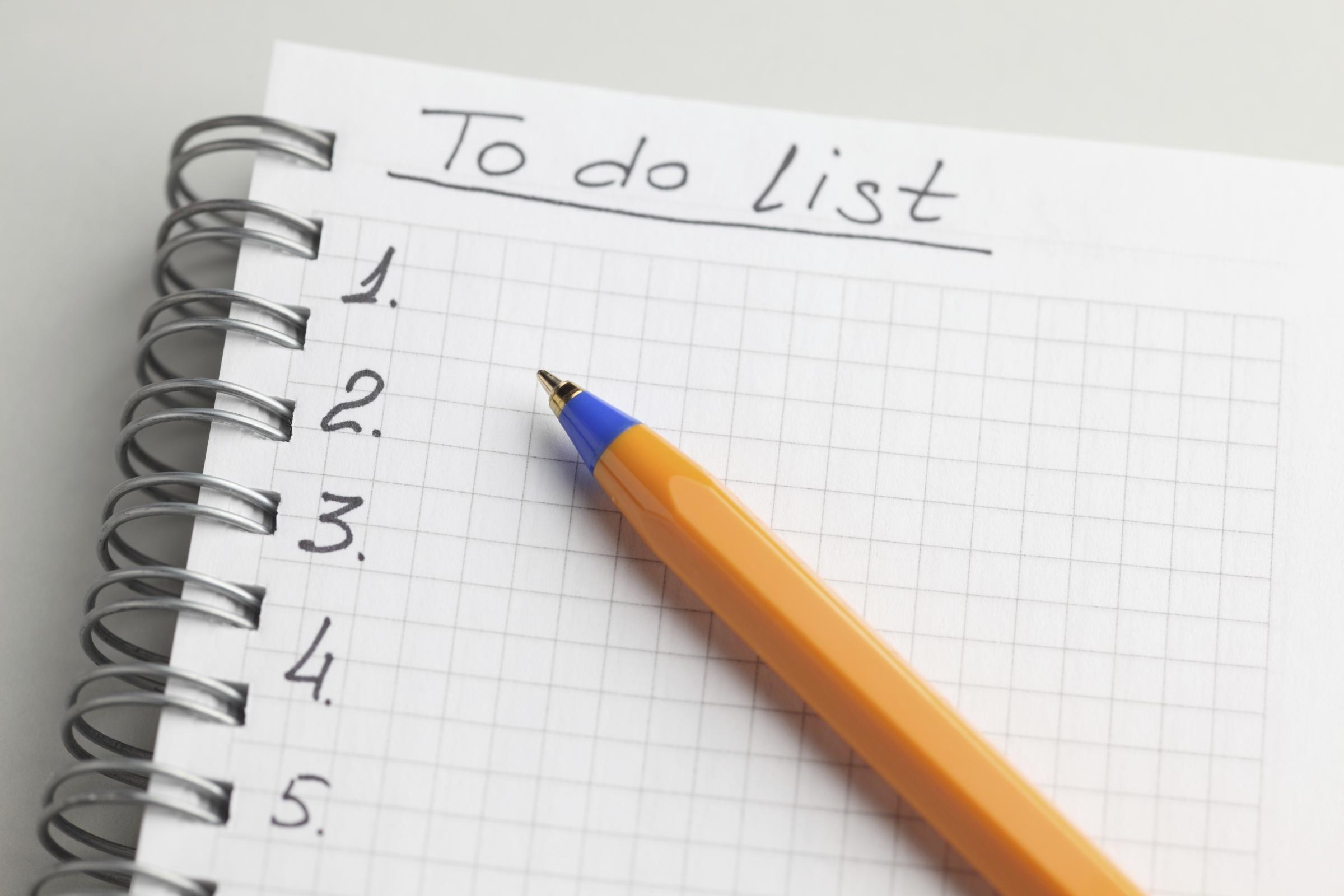Expose everything in your dresser drawers

Stacking clothes up pancake-style means you inevitably only end up wearing (and re-wearing) the few garments that land on top of the piles. The solution: Fold clothes small and tight, and store them in drawers “standing up rather than laid flat,” says Marie Kondo, author of The Life-Changing Magic of Tidying Up: The Japanese Art of Decluttering and Organizing. Storing clothes upright lets you see everything in a glance, “just as you can see the spines of books on your bookshelves,” she says. And with all those newly discovered pieces you already own, you’ll dress more creatively, too.
Store like with like

When you keep clothes and household items in multiple locations—closets, baskets, precariously-stacked storage bins—it’s easy to forget what you already own and over-shop, according to Kondo. But consolidating stationery, say, in a single desk drawer—and faithfully returning stamps and envelopes to this one logical location after using them—reduces redundant shopping and encourages routine weeding. When your stationery is consolidated, it will be obvious that seven sets of thank you notes is overkill.
Be mindful of the pleasure your possessions give you

“I recommend tidying in the morning,” says Kondo, when “our senses are sharp enough to judge if our goods spark joy, or do not.” Taking time to acknowledge the sentimental attachment and appreciation we feel toward favorite possessions also makes it easier to say goodbye, she says, to other things that don’t move us anymore. Understand when it’s time to “let them go, with gratitude” for their service. “Try to appreciate and value more the items you do use and enjoy,” she says. “This will make it easier to eliminate the goods which don’t have use in your life.”
Keep your workspace clean and clutter-free

Though one Psychological Science study suggested that messy desks might spark creativity, performance coach Paul Silverman firmly rejects the idea that disorder catalyzes long-term success: Because family photos and other mementos draw down our finite attention every time we glance at them, Silverman recommends routine desk-sweeps to all his clients. “Rooms that lack distractions, like a hotel, are ideal for focus and concentration,” he says.
Streamline your files

To keep your desk clear of papers and documents you’re not currently using (both energy-sapping eyesores), Silverman recommends a simple, three-tiered filing system: one file drawer close at hand for current projects, another for research material you may need in a month or two, and a third for documents relating to finished projects you should hang on to for legal reasons.
Create effective to-do lists

According to efficiency expert David Allen, author of the bestseller Getting Things Done: The Art of Stress-Free Productivity, feeling vaguely uncertain about what we’re supposed to do next—or, worse, worrying that we’re forgetting something crucial we should have done yesterday—creates a terrible feeling of struggling, hopelessly, to keep these thoughts at bay. Here’s one way to cope: Make a habit of writing down your short- and long-term goals. Then create additional to-do lists, separated by task. Listing out the steps you need to work toward your goals will help you reclaim the kind of crisp, results-oriented mindset that builds and sustains momentum.
Make “mise-en-place” a way of life

For many professional chefs and avid home cooks, mise-en-place is a time- and life-saving system. The French phrase translates literally to “put in place,” and it refers to the practice of gathering all the ingredients and utensils needed before cooking a meal, then systematically cleaning your utensils and workstation as you go. Mise-en-place is critical to food safety, because it greatly reduces the risk of bacteria from one ingredient contaminating another. But it also beautifully focuses the mind, and, best of all, dramatically cuts down on kitchen chaos, according to Sam Sifton, cofounder of The New York Times’ Cooking recipe site: “If I had to boil it down, the three things we can take from restaurant cooks are more butter, more salt, and prepare your materials before you start cooking.”
This article originally appeared on RealSimple.com.
More from Real Simple:
More Must-Reads from TIME
- Why Trump’s Message Worked on Latino Men
- What Trump’s Win Could Mean for Housing
- The 100 Must-Read Books of 2024
- Sleep Doctors Share the 1 Tip That’s Changed Their Lives
- Column: Let’s Bring Back Romance
- What It’s Like to Have Long COVID As a Kid
- FX’s Say Nothing Is the Must-Watch Political Thriller of 2024
- Merle Bombardieri Is Helping People Make the Baby Decision
Contact us at letters@time.com